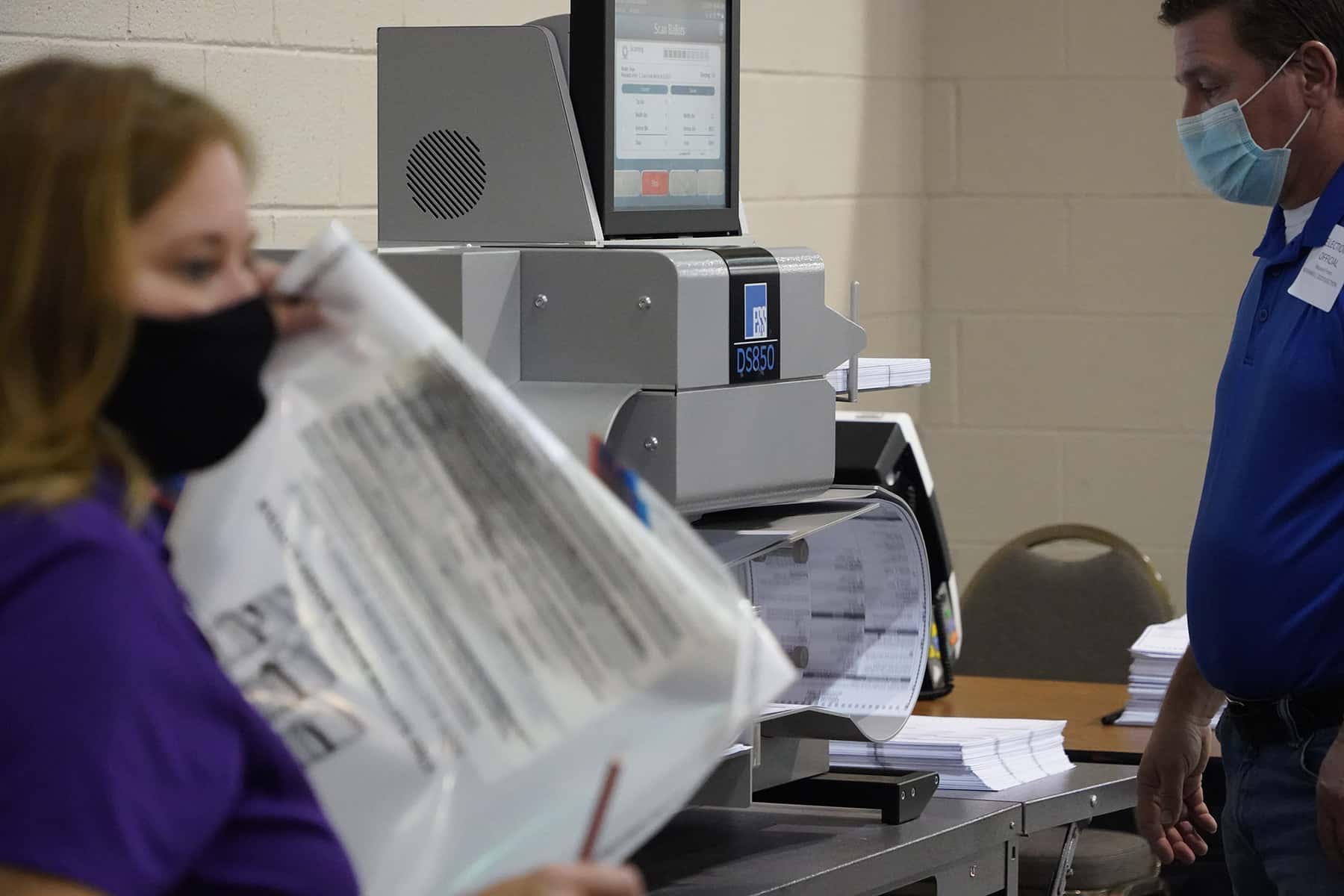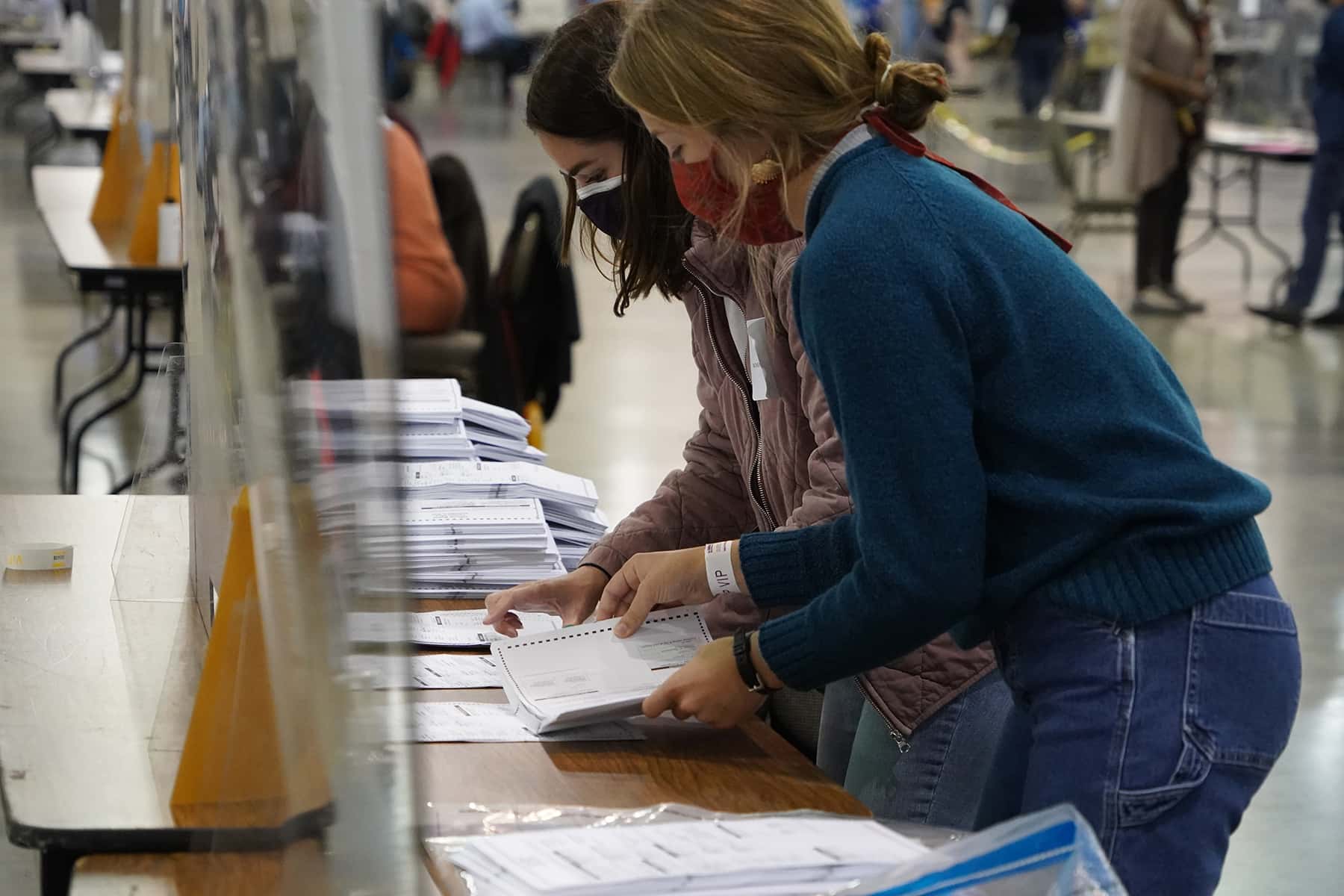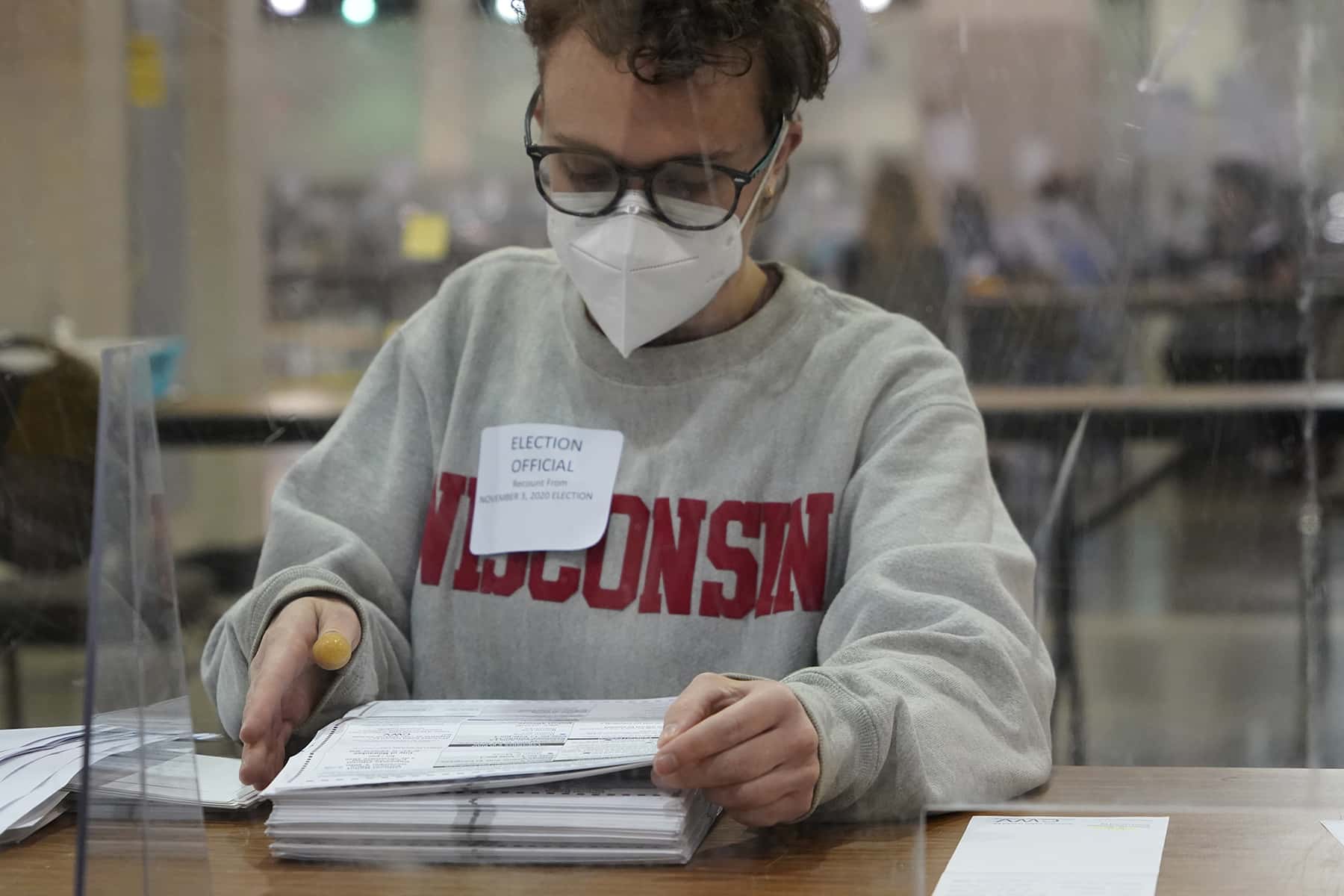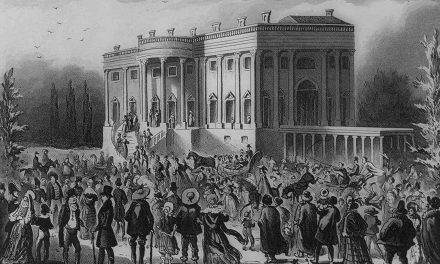
As Wisconsin prepares for midterm elections on November 8, clerks are reminding voters that full results are likely to take time, especially with so many people expected to vote absentee.
Under Wisconsin law, clerks cannot start processing and counting absentee ballots until polls open at 7:00 a.m. on Election Day. If volumes are large, the process can be lengthy, said Marie Moe, the president of the Wisconsin Municipal Clerks Association.
“People are expecting results as soon as the polls close and that just doesn’t happen because the poll workers are busy doing their work, finishing up the election,” said Moe, who is also the Portage city clerk.
By the start of the day on November 3, 593,819 absentee ballots had been returned across Wisconsin, according to the Wisconsin Elections Commission. At this point before the last gubernatorial election, only 420,015 had been returned.
In 38 municipalities across Wisconsin, absentee ballots are processed and counted at a central location instead of each polling place. That can lead to a large batch of votes coming in later in the evening or early the next morning. In 2020, former President Donald Trump used the late-night surge in results to falsely claim the election had been stolen from him.
In Milwaukee County — the state’s most populous county — eight out 19 municipalities are using central absentee vote count locations. That includes Wisconsin’s biggest city, Milwaukee.
“Most of those (central count) municipalities, after they send over their polling place results, they will then do a second transmission of their absentee ballot count results,” said Michelle Hawley, the director of Milwaukee County’s Election Commission.
Processing of absentee ballots can be time-consuming, especially in more populous jurisdictions like the city of Milwaukee, Hawley said. Among other steps, workers have to verify information on the ballot certificate envelope, read the voter’s name and address out loud at the poll book, and assign a voter number before opening the envelope and feeding the ballot into a tabulator.
“They have to flatten off the darn pieces of paper to stick them through the machines and so when you’re when you’re talking about thousands of documents, you know … sometimes it takes a little bit of time,” Hawley said. “So they will take all the time needed to ensure that there’s an accurate count, and that it’s done efficiently and transparently.”
Hawley said she does not expect full results for Milwaukee County until after midnight following Election Day.
The county switched to a new website format for reporting results in 2020, Hawley said. The site delineates central count locations in comparison those that tally absentee ballots at each polling place, and includes a description of each process.
“I think sometimes in the world that we live in now, we’re so used to kind of an instant gratification of clicking a button, and we have the information,” Hawley said. “Everyone is working really hard to ensure that the process gets completed accurately.”
Sarah Lehr
Lee Matz
Originally published on Wisconsin Public Radio as Why full results in Wisconsin after Election Day may take some time
















